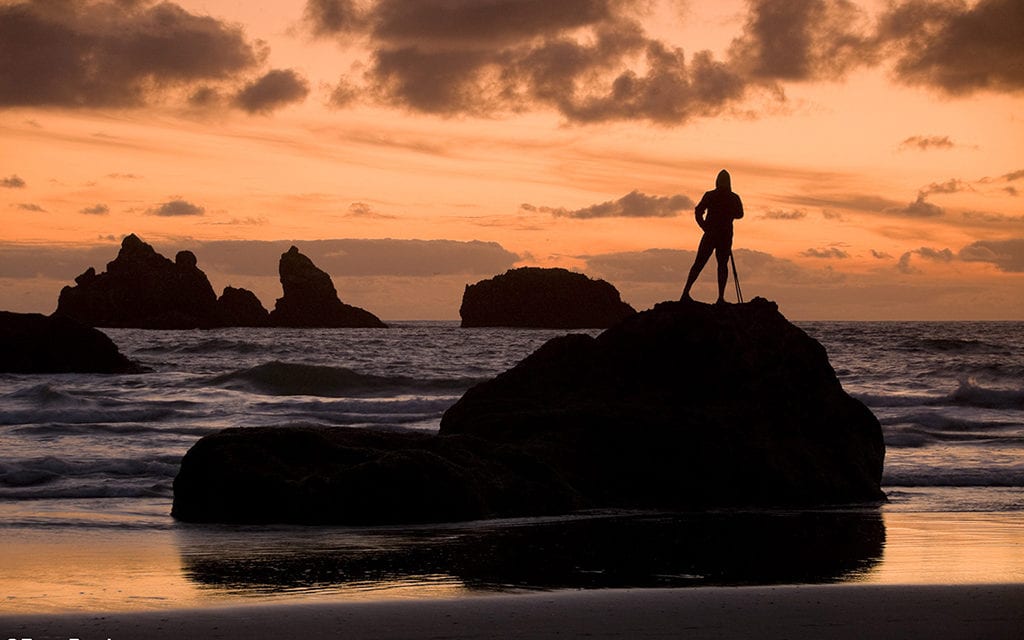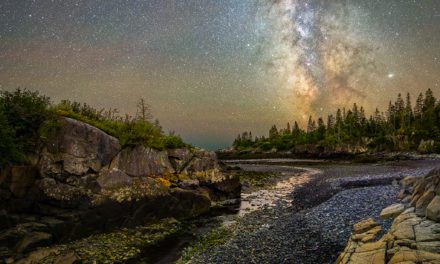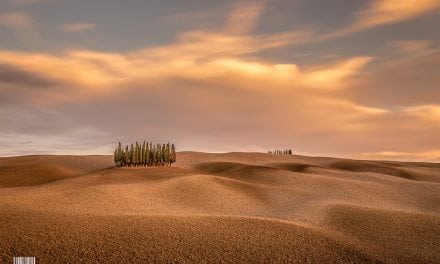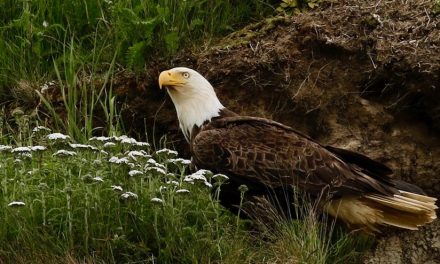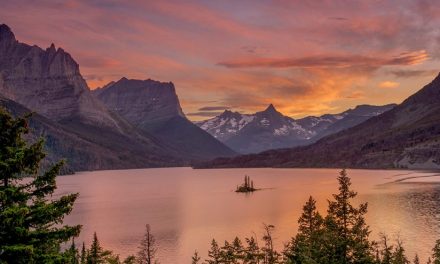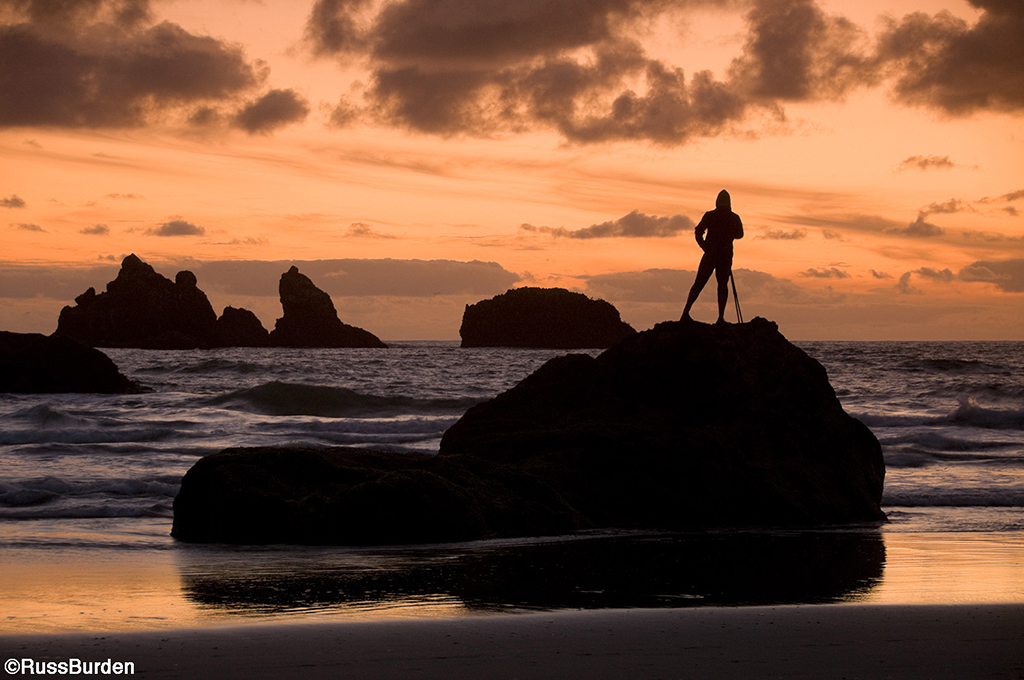
Many photographers’ early work started with making snapshots of people. Whether it was of friends, family or strangers on the street, it’s what got them started. Then travel photography became important. Then it was time to add gorgeous landscapes to their repertoire. To relive the memories of the experience with your travel mates and loved ones, people were added to scenics. Don’t include a person just for the sake of convenience. The placement of the person is critical if you want to proudly hang the image on a wall. When photographing people in the landscape, follow these tips to get better pictures while you simultaneously create art.
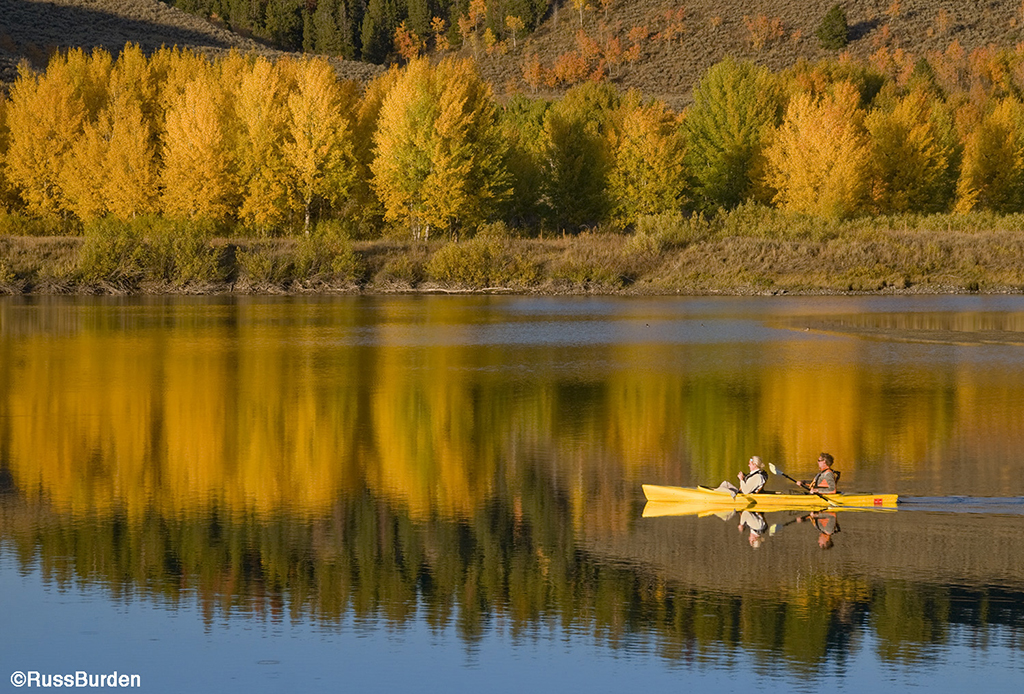
When one travels to brand-new scenic locations, it presents photographic challenges to come home with great images of the environment. What time does the sun rise? What time does it set? In which direction do the primary topographic features align with the angle of the sun? Answering these questions is critical. When you arrive at your destination, the first step is do your homework so you’ll know what to expect. Not doing so will lead to frustration and a waste of precious time since vacations have a set number of days.
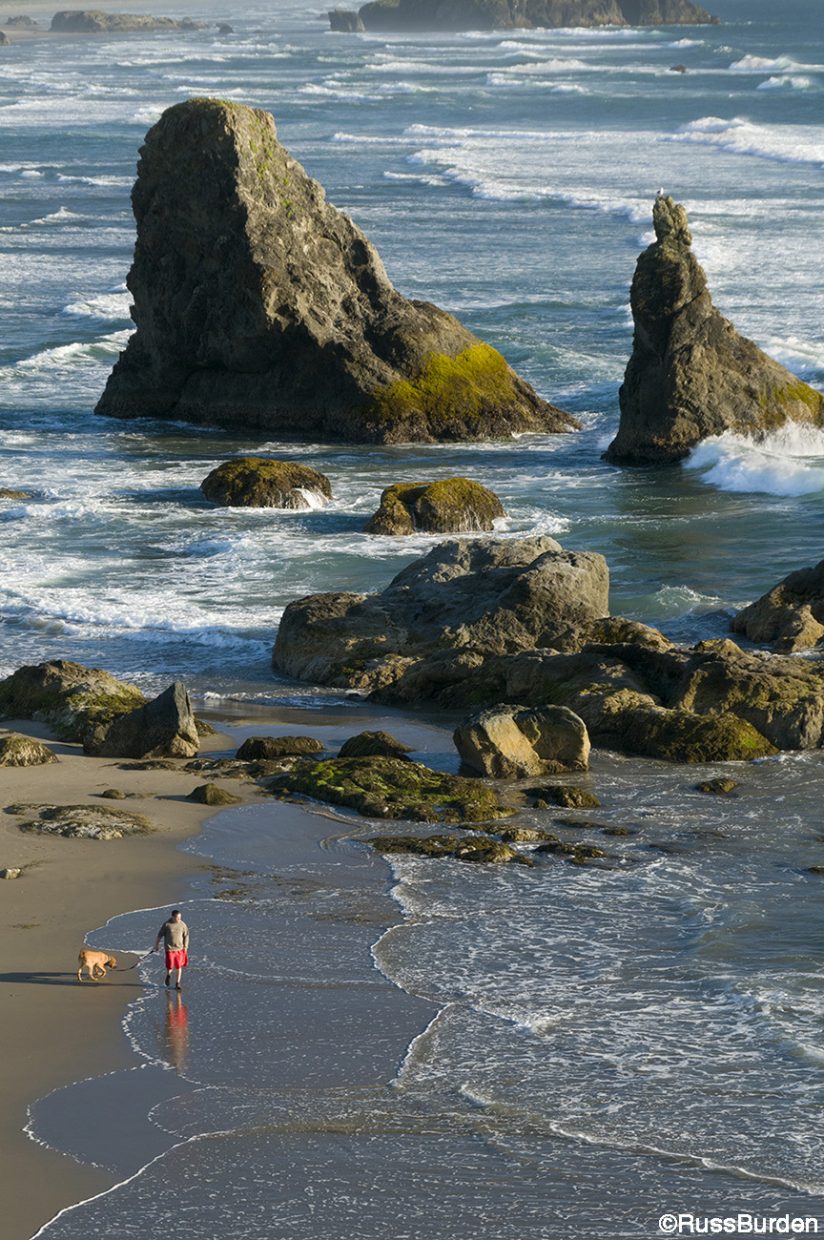
Show The Environment When Photographing People
The purpose of this type of image is to capture the person in his or her surroundings to show the feel of the location. I liken this to an actor in an Oscar-winning setting. First and foremost, I look for “the perfect stage” and simply wait for the actor to appear. Oftentimes, finding the location is the more difficult challenge. Explore your locations to seek a setting that exemplifies what the area is all about. Once it’s found, wait patiently for the actors. This means the clothing is appropriate, the person symbolizes the country, the person walks into the proper location to create a great composition and the light is right for the scene. When all this comes together, press the shutter. Your patience will be rewarded with an image about which you’ll feel proud.
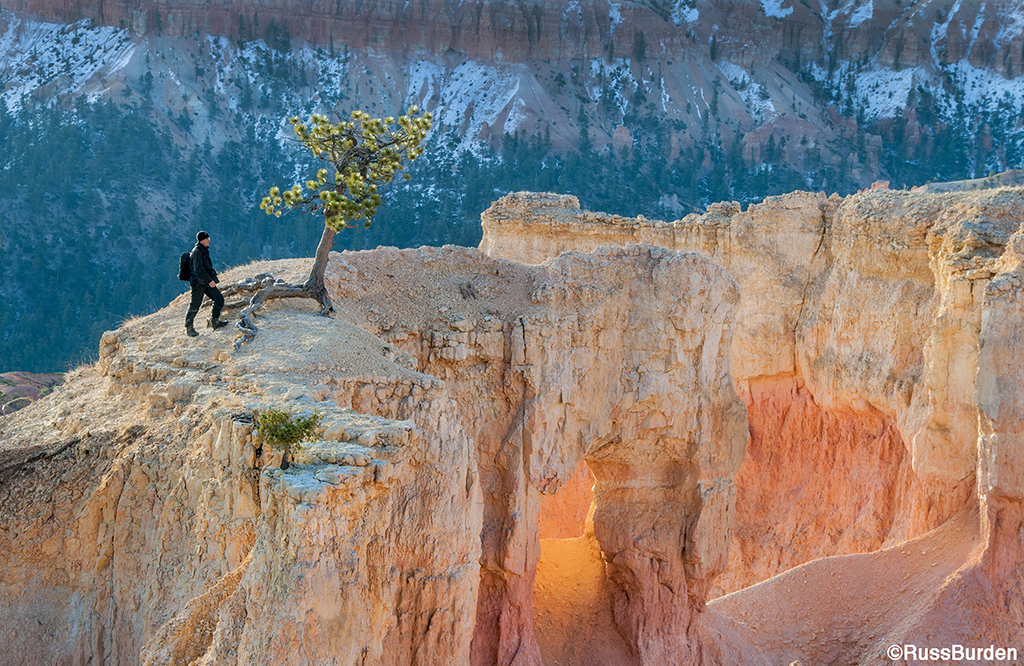
Show Eye Contact When Photographing People
For the times you get close to your subjects, have them make eye contact with the camera. This nets an image that makes a connection with the viewer of the photograph. A feeling of friendliness is conveyed when a large grin is displayed. Let the setting dictate the “feel” of the expression you request. A hard or stern, serious look can also work. Both are powerful and exude personality. Let the look be determined by each given circumstance so both the photographer and subject feel comfortable.
Alternatively, there are times when it’s more effective to not have your subject make eye contact as you want to depict a look that says “stand off.” Work with your subject to achieve the effect you want as a final result. When traveling in the U.S. and other countries where, for the most part, photography is accepted, to have the subject make eye contact is easy. But this may not be so in other countries around the world. In some cultures, there exists a belief that if a photograph is made of a person, part of their soul is taken away. This makes establishing eye contact very difficult. Respect the individuality of the people of the country in which you travel and work within these limitations.
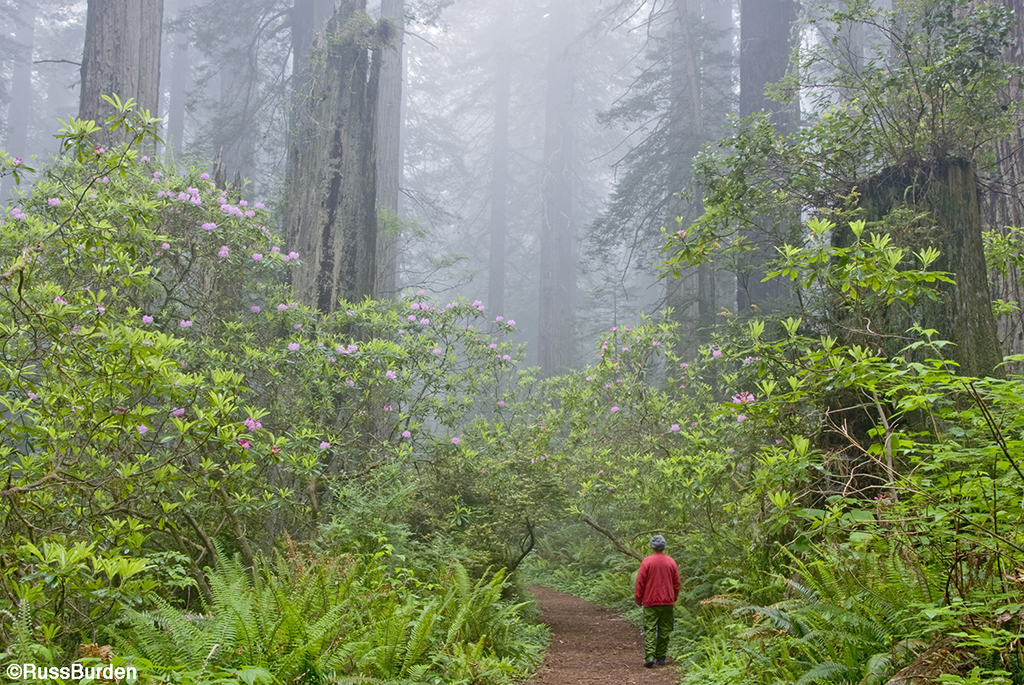
Another reason to add people to your landscapes is to provide a sense of scale to the surrounding elements in the photo. While many landscape features and natural vegetation both emit a fairly common size factor, if there’s a person in the scene, it adds an anchor and allows the viewer to solidify scale. An additional reason to add people is to create a sense of perspective. Relative to the person’s location in the frame, the viewer is able to discern details that may otherwise go unnoticed. I vividly remember a time when I’d do anything and everything to exclude people from my landscapes. Ironically, I now often find myself asking an unknown passerby to pose in the photo!
To learn more about this subject, join me on a photo safari to Tanzania. Visit www.russburdenphotography.com to get more information.
The post Photographing People In The Landscape appeared first on Outdoor Photographer.

